Search
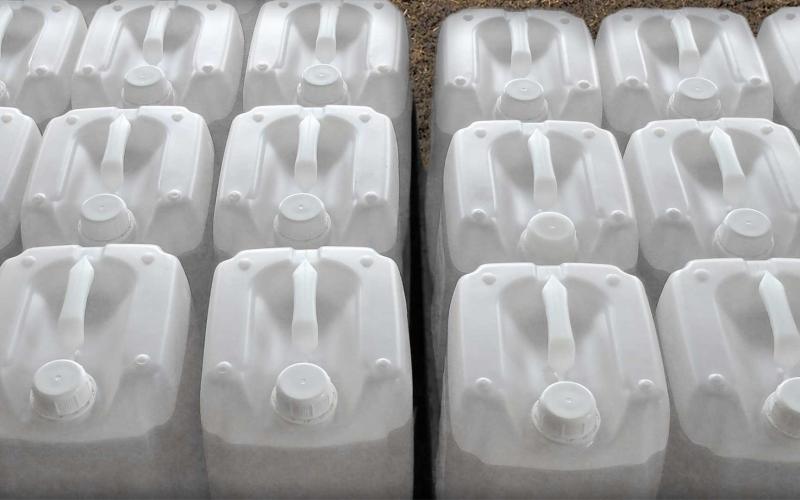
Chlorpyrifos Tolerances Revoked by U.S. Evironmental Protection Agency
In August 2021, a final rule was released by the U.S. Environmental Protection Agency for the insecticide active ingredient chlorpyrifos. The rule revoked all tolerances for chlorpyrifos.
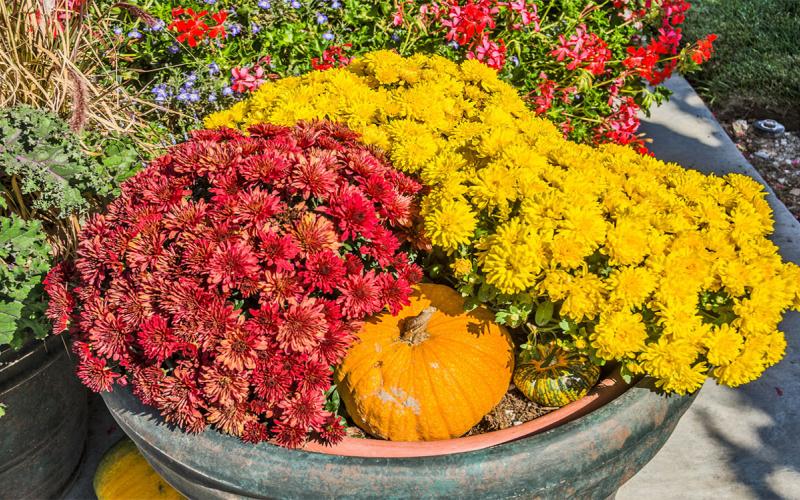
Bring New Life to Worn-Out Summer Containers: Ideas to Fall in Love With
With just a bit of imagination and a little time, your worn-out summer containers can gain new life with a variety of cool-season flowers and plants that come in brilliant fall colors!
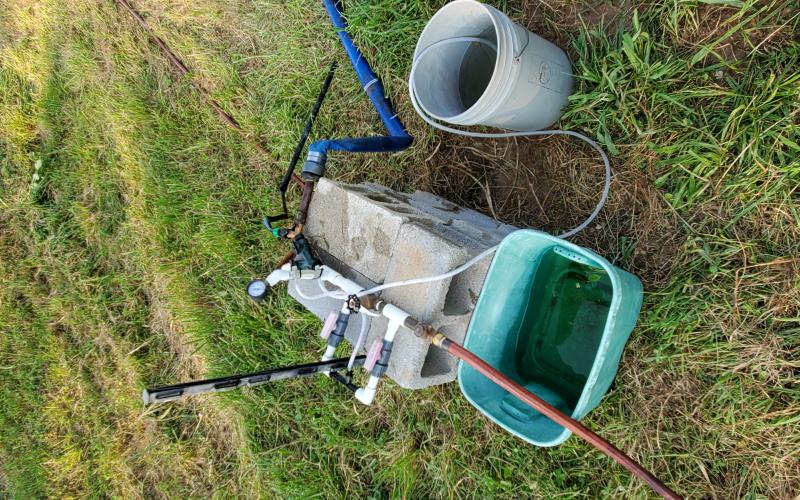
Subsurface Drip Irrigation: Increased Efficiency for Irrigation and Nutrient Delivery
Subsurface drip irrigation maintenance, lifespan, and cost, the variables that can impact subsurface drip irrigation design.
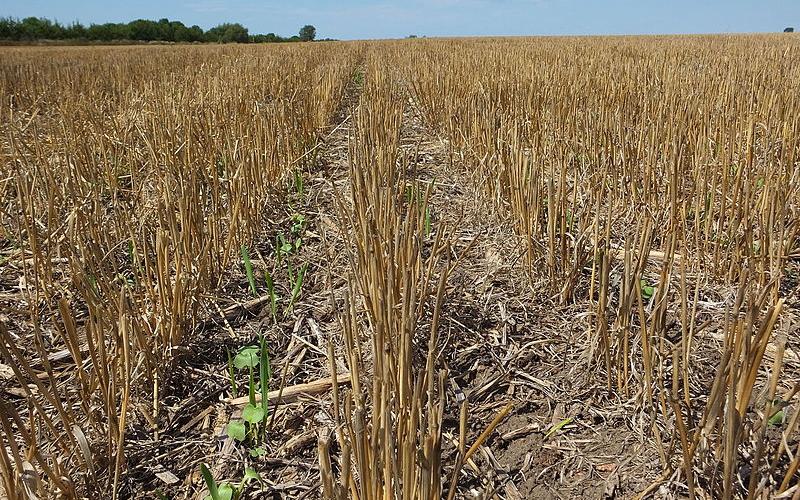
Cover Crop Adoption: Farmers’ perceived benefits & barriers
Cover crops are generally defined as crops planted between cash crops to cover and protect the soil. Some demonstrated benefits of cover crops include: reduced soil erosion, increased soil organic matter, increased biological variety, increased nitrogen supply, and weed control. Depending on the farmers’ objectives, different species of cover crops can be planted. For example, if a farmer’s main objective is to increase nitrogen supply, then legume cover crops best suited to the farm area should be selected.
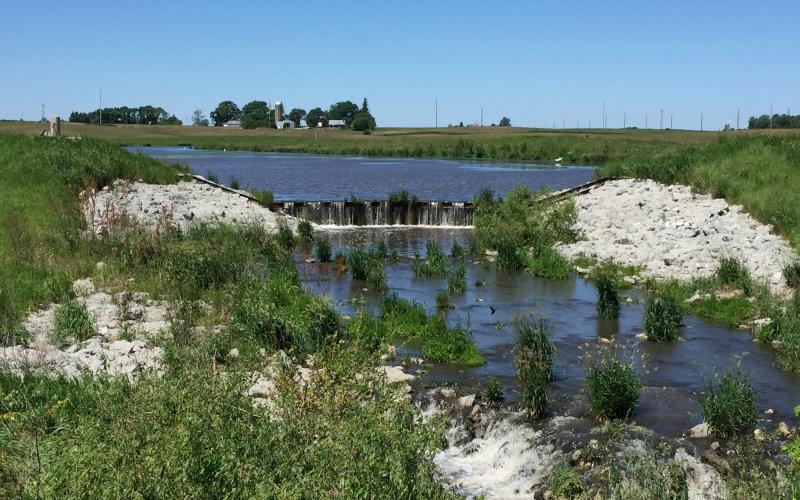
Constructed Wetlands: Engineering Nature’s Filter
How do constructed wetlands emulate the natural process of a wetland? In what ways do the different designs of a constructed wetland have to meet the needs of the area?
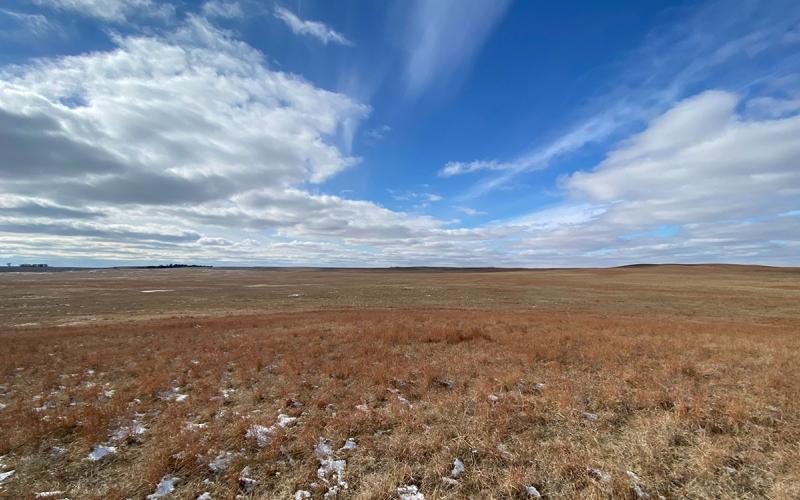
Climate Resilience Toolkit for the Northern Plains Region
In September 2021, the U.S. Climate Resilience Toolkit announced the publication of a new Northern Great Plains Region section. The new section can help producers recognize climate hazards, assess vulnerabilities and confront risks.
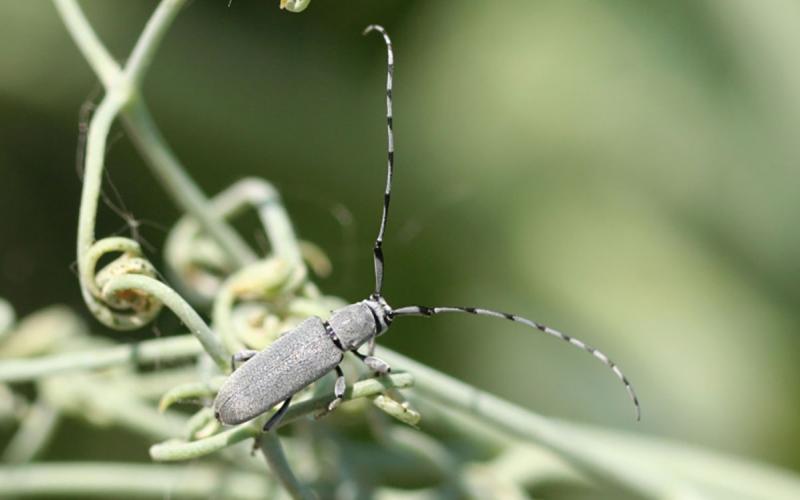
Dectes Stem Borer in Soybean
Although Dectes stem borers are more of an issue in South Dakota sunflower, they can also infest soybean. Thier larvae may cause soybean yield losses due to their feeding activity in the pith of the stem and also due to late-season lodging.
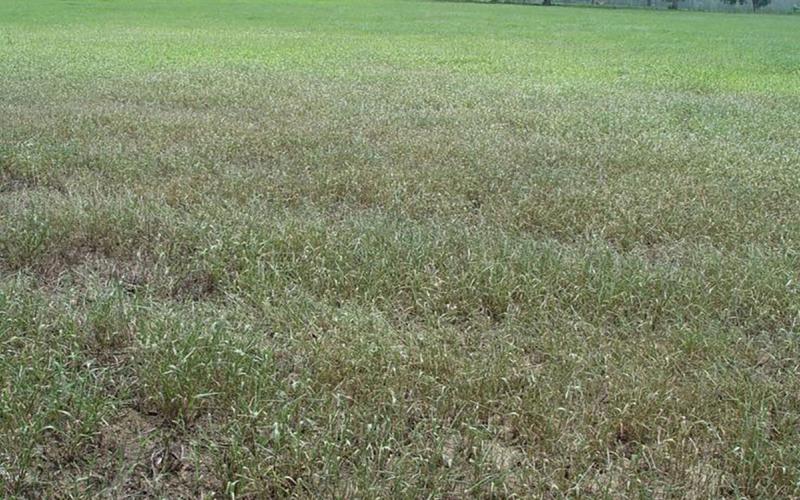
Fall Armyworm Caterpillars Causing Issues in South Dakota
This week we started to receive reports of pastures and alfalfa stands that have been heavily fed on by fall armyworm caterpillars. Typically, these pests are not an issue in South Dakota. However, populations have been very large in many states during 2021, and they have now moved into South Dakota.
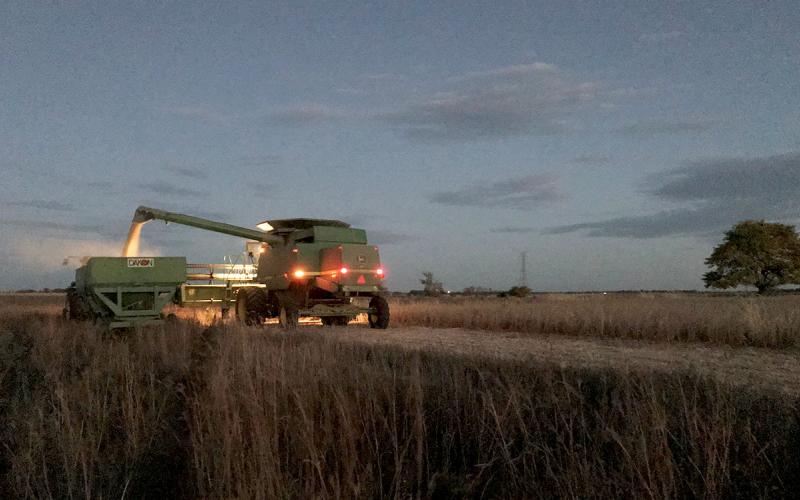
A Safe Harvest
Personal safety can be easier said than done when running on little sleep and working through the thick of harvest. Learn some important safety tips to keep you and your operation safe during this busy time of the year.
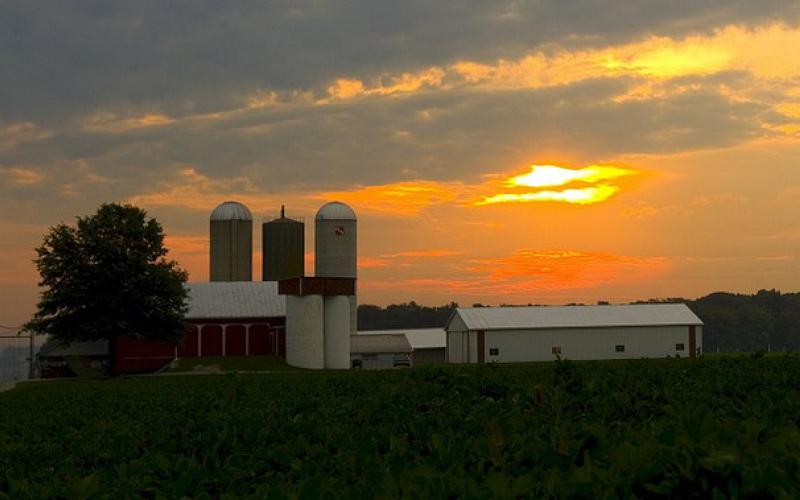
Farm Size and Efficiency
Growth is a common denominator of various business objectives. A business may want to grow profits, sales, market share, etc. The growth of a business itself usually refers to growth in equity, or growth in assets after debts have been paid. Farms, from a business perspective, are no exception. Farmers seeking to grow equity need to be willing and able to retain earnings and cannot be overleveraged.